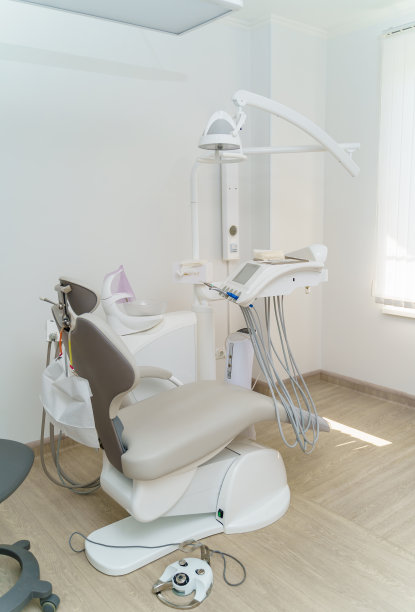Revolutionizing Smiles the Benefits and Process of Modern Dental Implant Treatments for Lasting Oral Health
Summary: Modern dental implant treatments have transformed the way we approach oral health and cosmetic dentistry. These innovative solutions offer not only a reliable method for replacing missing teeth but also significant long-term benefits for overall oral health. This article explores four crucial aspects of dental implants: their health benefits, the procedures involved, the role of technology in enhancing outcomes, and the importance of proper aftercare. With a focus on how these implants can revolutionize smiles, we will delve into the ways they restore functionality and confidence while promoting lasting wellness.
1. Health Benefits of Dental Implants

Dental implants serve as effective replacements for missing teeth, offering a range of health benefits. Firstly, they help maintain the jawbone structure by preventing the bone loss that typically occurs after tooth loss. When a tooth is missing, the underlying bone can begin to resorb or deteriorate, leading to further complications. Implants act as roots, stimulating bone growth and preserving facial structure.
Secondly, dental implants improve overall oral health. Unlike dentures, which can slip and cause discomfort, implants are securely embedded in the jawbone, allowing for easier cleaning and maintenance. Patients can brush and floss them just like natural teeth, leading to better hygiene and reduced risk of periodontal disease.
Lastly, dental implants contribute to enhanced aesthetic appearance. They look and function like natural teeth, giving patients a more confident smile. This aesthetic aspect can have positive psychological effects, boosting self-esteem and encouraging social interaction, which is vital for overall well-being.
2. The Process of Getting Dental Implants
The process for getting dental implants typically involves several steps, starting with a comprehensive examination by a dental professional. This initial assessment helps to determine the patients suitability for the procedure, taking into account factors such as bone density and overall health. Imaging techniques like X-rays or CT scans are often utilized to plan the placement of the implants accurately.
Once a patient is deemed suitable, the first surgical phase involves the insertion of the implant into the jawbone. This surgery is usually done under local anesthesia, ensuring minimal discomfort. Afterward, a healing period is necessary for osseointegration, where the implant fuses with the bone. This phase can take several months, during which a temporary tooth replacement may be provided for aesthetic purposes.
The final stage of the implant process involves the placement of a crown on the healed implant. Custom-made to match the surrounding teeth, the crown restores functionality and completes the smile. Patients are generally satisfied with the results, enjoying a seamless transition back to normal eating and speaking following the placement.
3. Role of Technology in Dental Implants
Modern technologies play a significant role in enhancing the effectiveness and precision of dental implant treatments. One significant advancement is the use of 3D imaging and computer-assisted design. These technologies allow dentists to visualize the patients dental anatomy accurately, leading to improved implant placement and outcomes.
Another notable innovation is the use of biomaterials for implants. Todays implants are often made from biocompatible materials like titanium, which integrates well with the body. Recent advancements also include surface treatments that promote faster healing and osseointegration, improving overall success rates.
Robotic-assisted surgery is another exciting development in the field of dental implants. These systems bring a new level of precision to implant placement, reducing human error and improving recovery times. As technology continues to evolve, its expected that the process will become even more efficient, making dental implants a more attractive option for patients.
4. Importance of Aftercare for Longevity
Proper aftercare is crucial for ensuring the long-term success and longevity of dental implants. Patients should maintain rigorous oral hygiene practices, including regular brushing and flossing, to prevent plaque buildup around the implant area. Its also important to schedule routine dental check-ups to monitor the condition of the implants and surrounding tissues.
Additionally, patients should avoid habits that could jeopardize their implants, such as smoking or chewing hard objects. These behaviors can put stress on the implants and lead to complications. A balanced diet that supports oral health will also play a significant role in the success of the implants.
Lastly, being attentive to any signs of discomfort or changes in the implant area is essential. Early detection of potential problems can lead to timely interventions, protecting the investment made in dental health. Regular communication with a dental care provider empowers patients in their aftercare journey.
Summary:
In conclusion, modern dental implants have revolutionized how we address tooth loss and its associated challenges. With health benefits, a structured process, advanced technology, and comprehensive aftercare, implants provide a sustainable solution for oral health and aesthetic appeal. As the field continues to evolve, patients can look forward to even more sophisticated treatments that will enhance their overall quality of life.
This article is compiled by Vickong Dental and the content is for reference only



